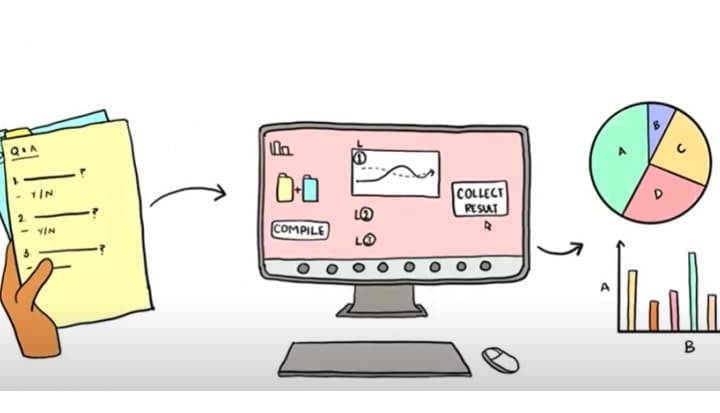The reality, however, is that most supply chain data is largely gender blind, meaning it views workers as a homogenous group. This lack of gender-disaggregation limits our understanding of certain risks, disparities, and inequities that may be gender sensitive. It also impedes our ability to determine whether supply chain programmes and initiatives are having equal outcomes for all.
For example, a survey of the world’s top 35 apparel companies by the Workforce Disclosure Initiative’s Gender Benchmark, found that none were asking their suppliers to collect gender data on the remediation of violence and harassment grievances. With many supply chains dominated by a large female workforce, who are particularly vulnerable to human rights risks such as gender-based violence, it is critical that the data collected can reflect the realities and experiences of all workers.
Unfortunately, many businesses struggle with what specific gender-disaggregated data to collect or how to interpret it. Suppliers are also unclear about the benefits to them of collecting this data, nor do they have the systems and processes in place to do it. Companies still rely on data from audit systems, which do not sufficiently collect gender-sensitive data.
To address some of these challenges, ETI in collaboration with BSR, Fair Wear Foundation, Partnership for Sustainable Textiles and the Dutch Agreement for Sustainable Garments and Textiles, have developed a joint guidance on Gender Data Indicators. It builds on BSR’s Gender Data and Impact Tool, and provides businesses with a more accessible format to identify indicators necessary for conducting gender-responsive due diligence, and evaluating the effectiveness of workplace initiatives and programmes. The guidance proposes three indicator levels that represent a trajectory of growth in terms of collecting more and better gender-sensitive supply chain data.
Level 1 - basic gender-disaggregated data needed to understand the composition of the workforce and might highlight key gendered risk areas to investigate using level two data.
Level 2 – indicators to investigate specific risks or thematic areas and understand their gendered impact.
Level 3 – indicators to aid a deeper dive into a specific thematic area or risk, considering the impact of social norms.
To make meaningful progress in addressing gender inequalities in global supply chains, we must have access to data to understand the root causes of the issues at play and effectively measure our progress in addressing them. This year’s International Women’s Day theme #BreakTheBias aptly captures how much more needs to be done to eliminate that biases that lead to various types of gender-based discrimination in all spheres of life. This cannot be fully achieved without the data to tell us the extent of the problem. As Peter Drucker famously said, ‘If you can’t measure it, you can’t improve it’.
For more information on ETI’s Gender Data Initiative, please visit our dedicated webpage.
Previously posted here.
Read more from our Women category here.










